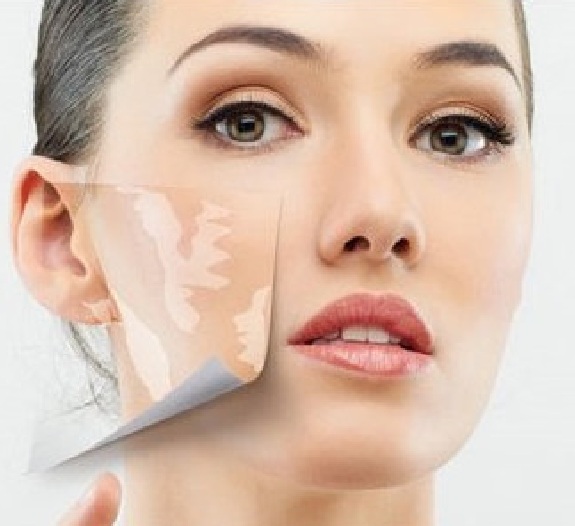
Treatment options for Vitiligo Surgery
1. Miniature Punch Grafting:
Also known as mini grafting, it is the simplest and the least expensive of all the vitiligo surgeries. It involves the transfer of punched out skin from the donor area into similar pits created at the recipient area. The size of these punched out grafts ranges from 1 to 2 mm and they are spaced 5-10 mm apart on the recipient site.
2. Suction blister grafting:
In this, suction is used to create blisters and obtain very thin skin grafts. These grafts are then placed on dermabraded recipient skin. The advantage of this is the excellent cosmetic matching and minimal scarring at the recipient as well as donor sites. It is one of the best treatment options for vitiligo of the lips and areola.
3. Split-thickness skin grafting:
This in recent times is considered the surgical method of choice for stable vitiligo because of the success rates. In this procedure, the dermatologist removes healthy, pigmented skin and transfers it to depigmented areas.
4. Non-culture epidermal suspension:
This involves the separation of different cellular components of the skin and preparing a suspension of epidermal keratinocytes and melanocytes which is transferred onto dermabraded recipient skin.
5. Cultured melanocyte transplantation:
This involves the separation of melanocytes and keratinocytes from the epidermis by trypsinization. The obtained cell suspension is seeded in a melanocyte culture medium. The cells are cultured for 15–30 days and then the melanocytes are transferred to abraded skin as free suspension or as epidermal sheets.
 Whatsapp
Whatsapp Facebook
Facebook Twitter
Twitter Instagram
Instagram Linkedin
Linkedin Pinterest
Pinterest